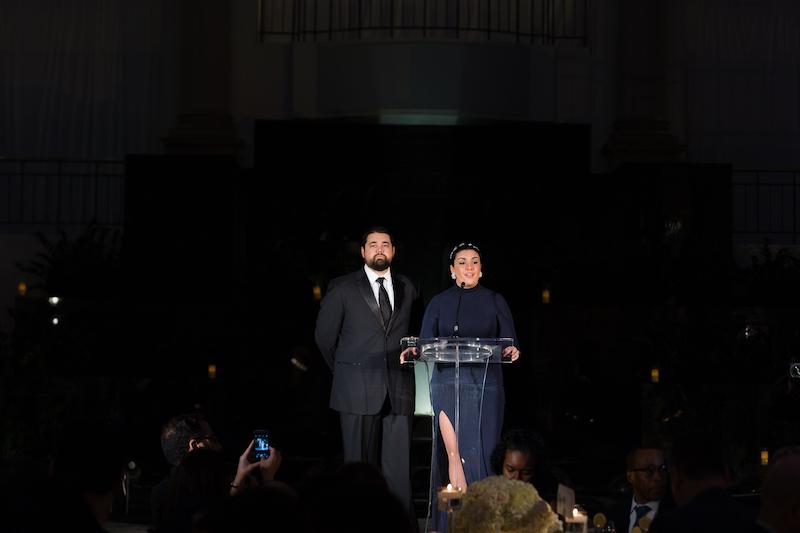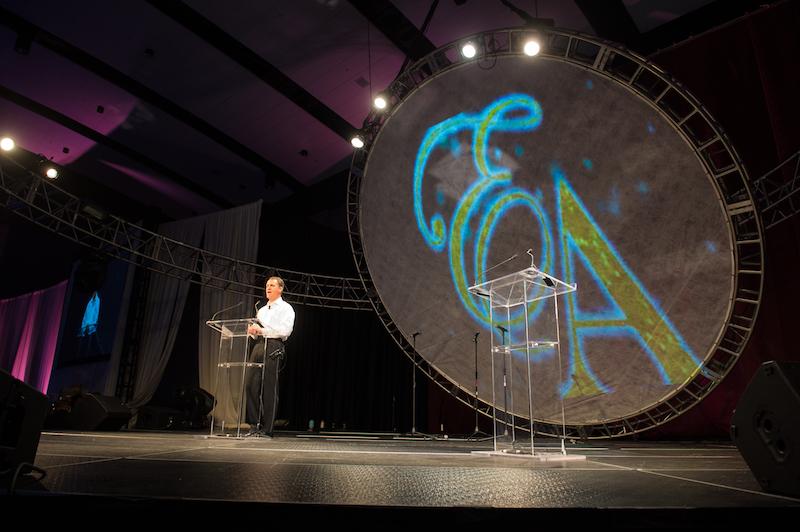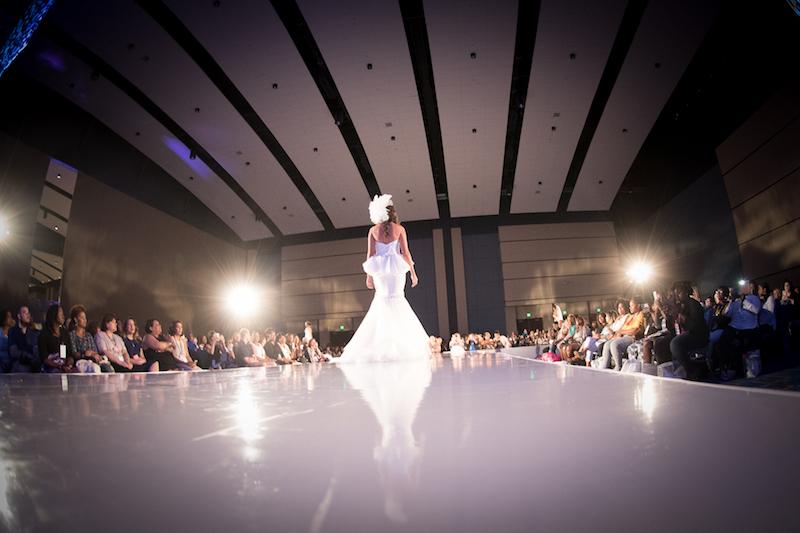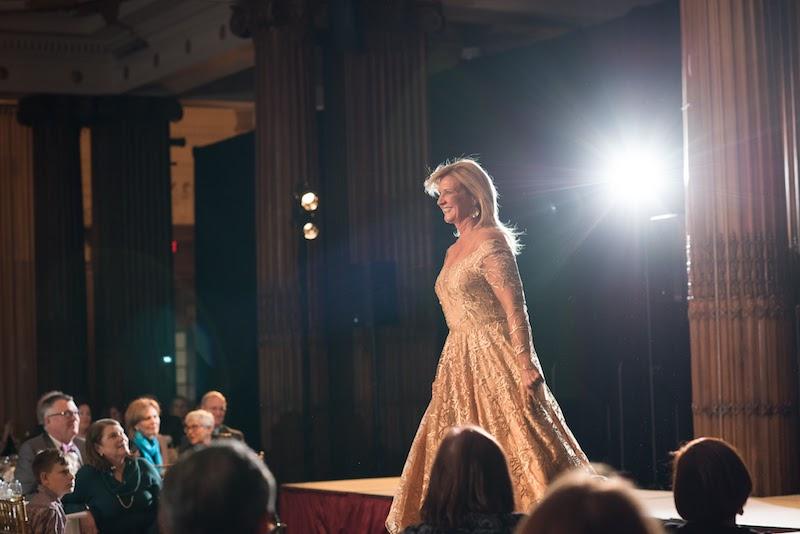“…light shone, and order from disorder sprung”. Okay, maybe quoting John Milton out of context is a little heavy-handed, but it doesn’t much matter what’s happening onstage if the audience can’t see it. Without appropriate lighting, the outcome of a performance can range from underwhelming to potentially disastrous. Defining the appropriate lighting design is not just a matter of taste; it impacts everything from the viewpoint of the audience to the functionality of cameras, and even the safety of the performers.
The most basic stage wash is accomplished by deploying one or two fixtures from one or two points in front of the stage. Strictly functional, a front wash simply illuminates the talent (and usually the entire platform) so the audience can see them, for example when the house lights are dimmed in a ballroom. This setup usually consists of enough fixtures to cover the width and height of the riser, with additional tightly-focused beams used as “specials” to emphasize a lectern or a soloist. However, no matter how many lights are used, a stage lit only from the front will lack depth, and have a certain “un-natural” quality to it.

Dream Art Studio
Once the stage reaches a certain size, depth of field becomes a concern, especially for videography and photography. Imagine characters cut from construction paper and laid on a plain background; that’s what the eye (and the camera) perceives when the talent is lit only from the front. Incorporating some high “hair lights” behind the performers creates a silhouette around the head and shoulders, and brings out that missing 3rddimension. Also, illuminating the backdrop adds interest to the visual composition, particularly with the judicious application of color. Lighting the talent from the rear as well as the front makes the performers stand out, and differentiates them from the rest of the stage set. The front lighting should also be elevated (ideally by flying it from the ceiling) to minimize shadows, and to prevent presenters from squinting.

Wise Image Photography
Beyond simple presentations or unstructured performances, theatrical lighting goes a step further by breaking the stage up into zones. Most often, these regions are upstage (back of the stage), mid-stage, and downstage (front), but may also include specials for contrast, or direct down-lighting during an aria. Zoned lighting draws attention to activity in one area while minimizing it in another, and also emphasizes scenic elements. In addition, theatrical lighting designers employ variations in color temperature to simulate a more natural environment (mimicking the angle of sunlight, or the moon through a thick forest), and set a mood with “cool” or “warm” looks.
The number of options for lighting a stage is virtually infinite: good-old-fashioned follow-spots handled by dedicated operators; computer-controlled “intelligent” lighting fixtures with changeable color, focus, and patterns; even projectors (some of them motorized!) can be incorporated into a stage lighting package. It’s important to review your goals and objectives with a lighting designer, to ensure that the available technology is utilized correctly. Lighting is often the most power- and labor-intensive aspect of a production as well, so the advice of an experienced Project Manager is indispensable. The sky (or at least the ceiling) is the limit!

Susan Beard Design

 June 29, 2018
June 29, 2018  Synergetic
Synergetic  Helpful Information
Helpful Information  August 23, 2025
August 23, 2025  Synergetic
Synergetic  About Us
About Us